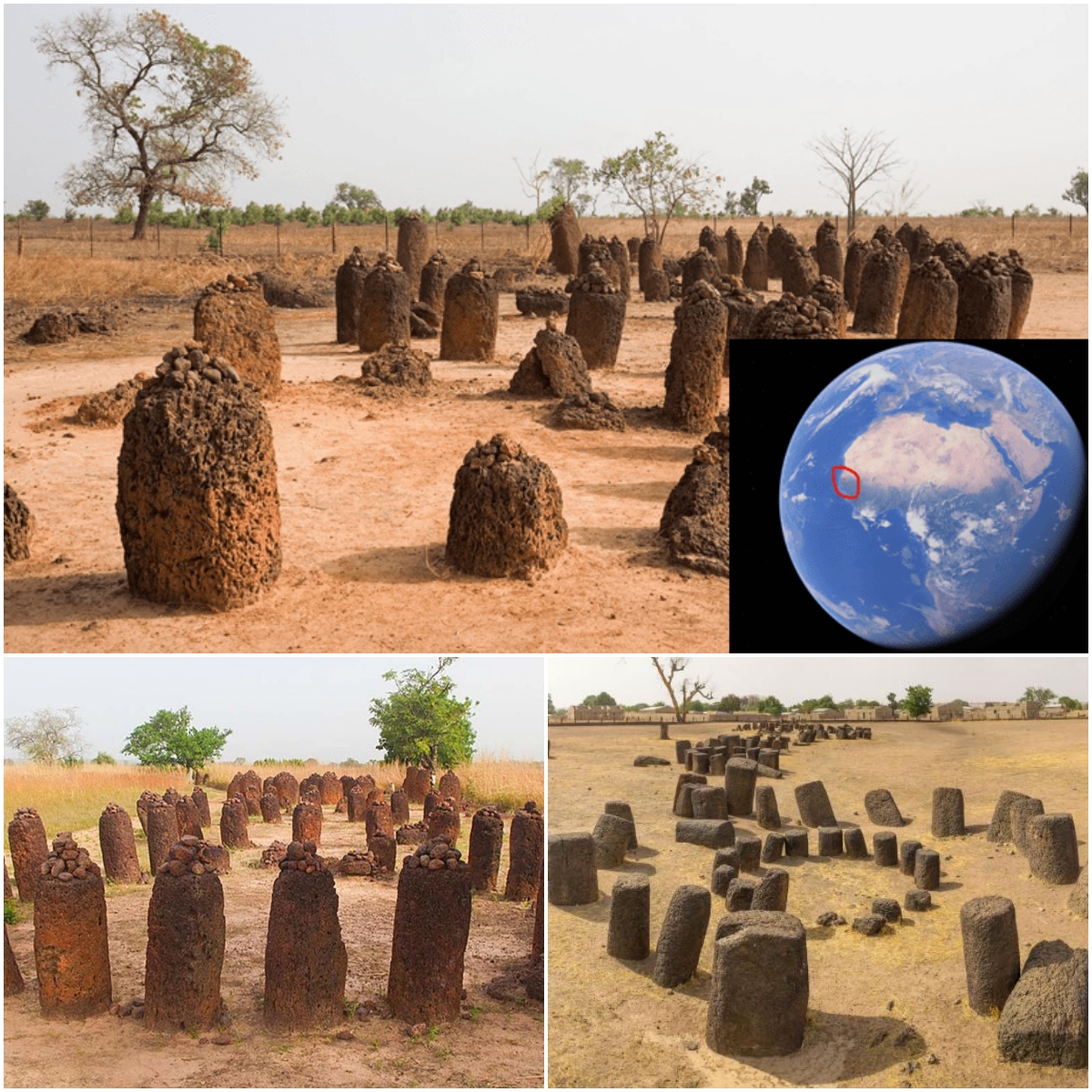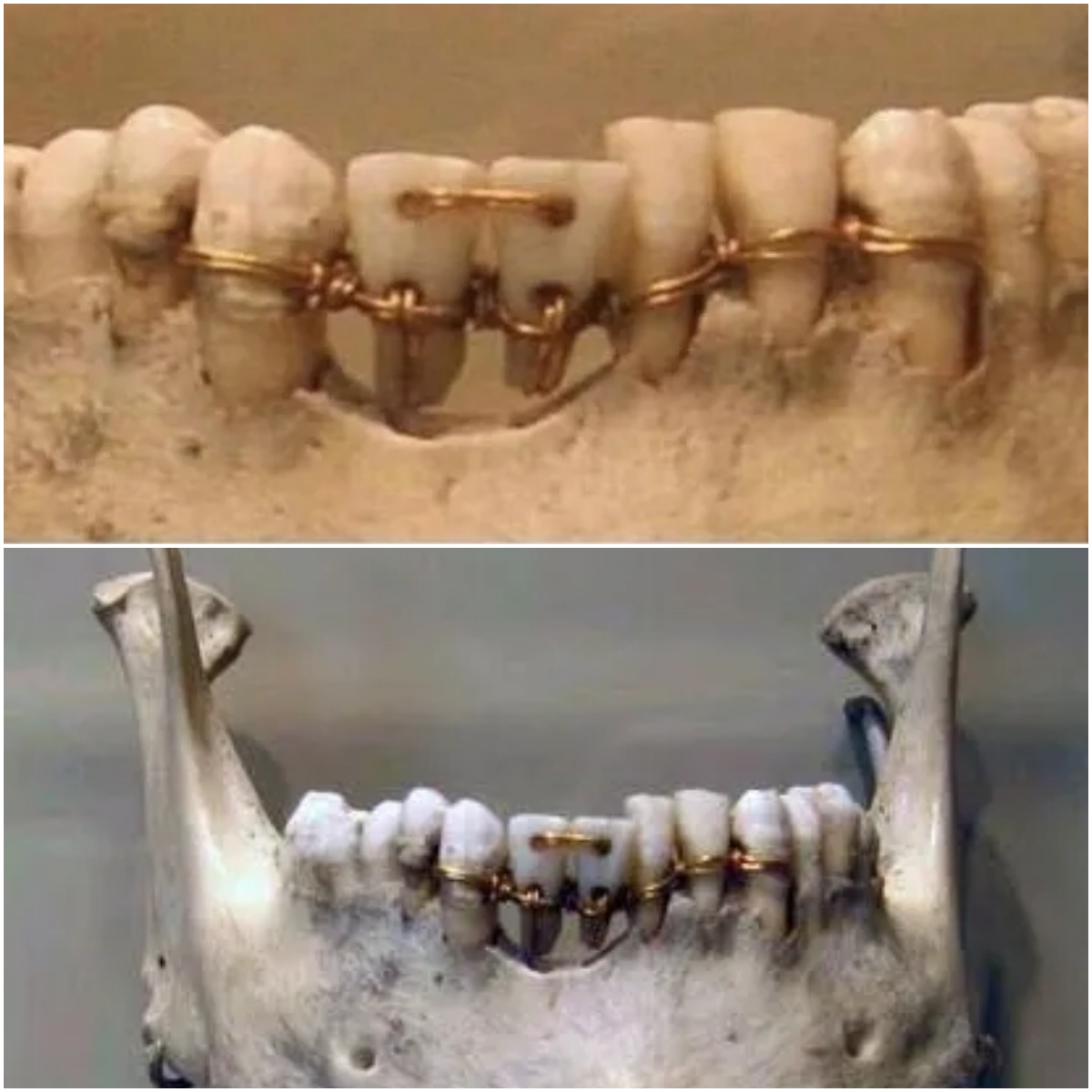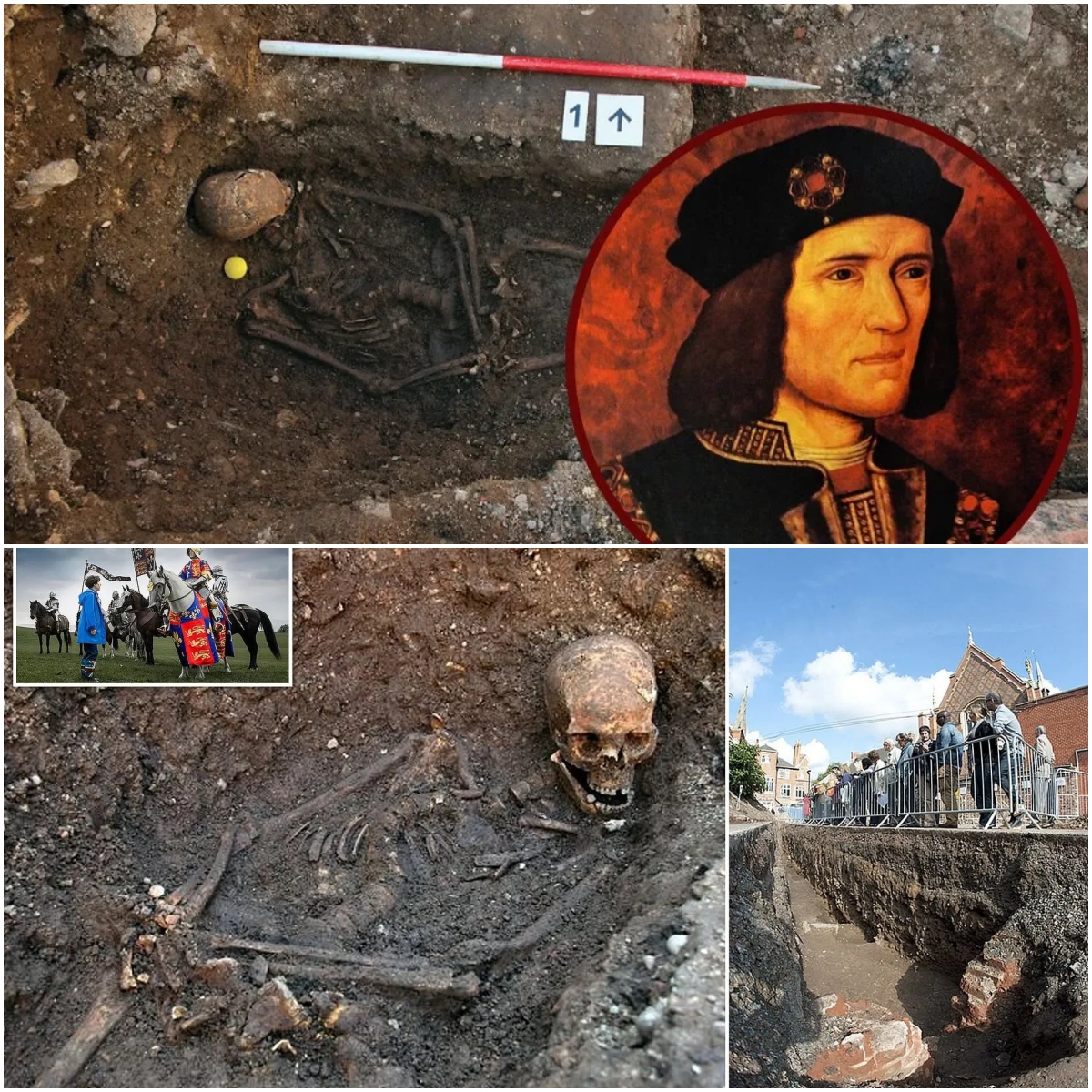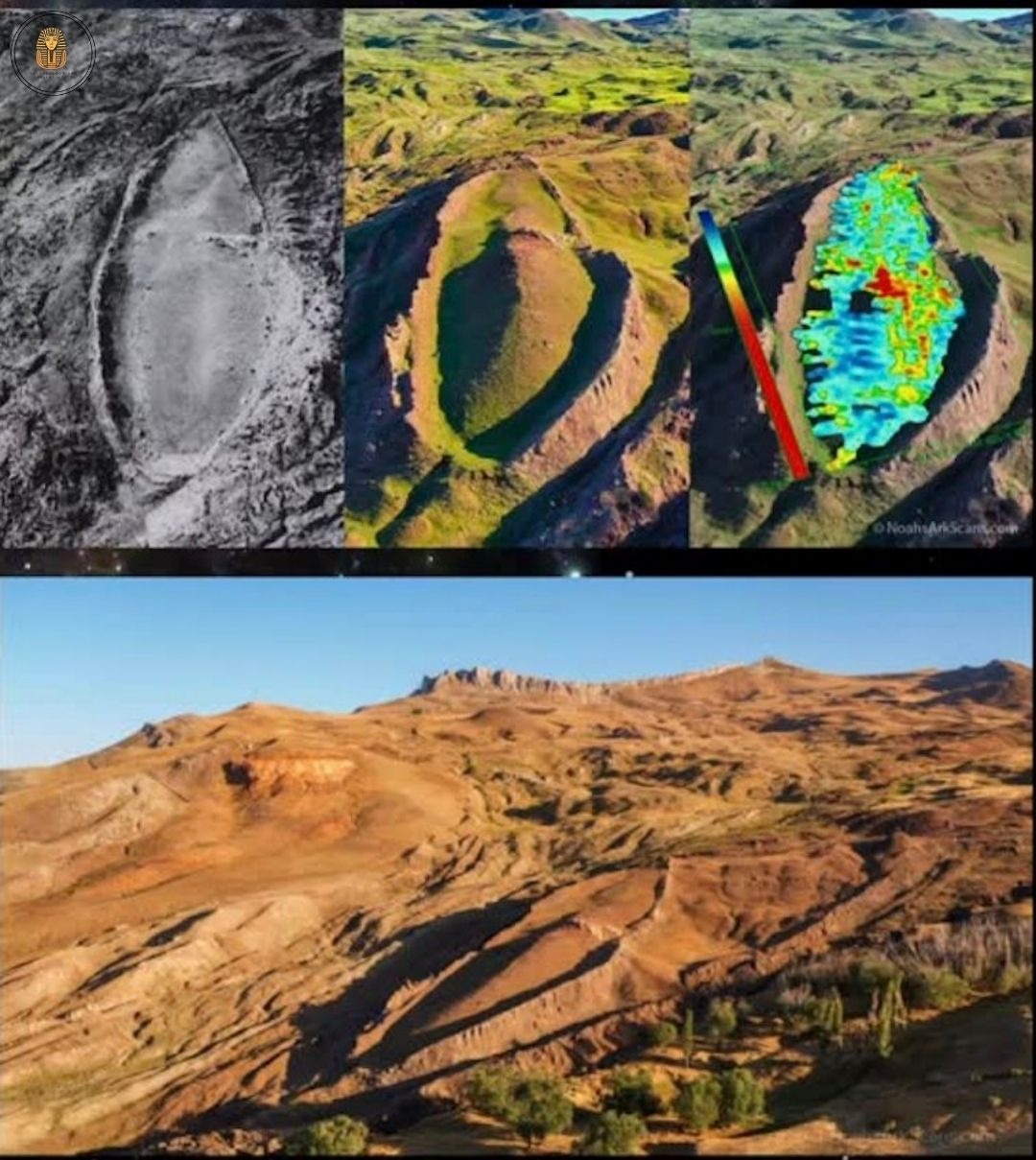BREAKING: 300,000 Ancient Greek artifacts have been unearthed in the heart of Thessaloniki, Greece.
Thessaloniki, Greece – In what is being hailed as one of the most significant archaeological discoveries in recent decades, more than 300,000 ancient artifacts have been unearthed during the construction of Thessaloniki’s long-awaited metro system.
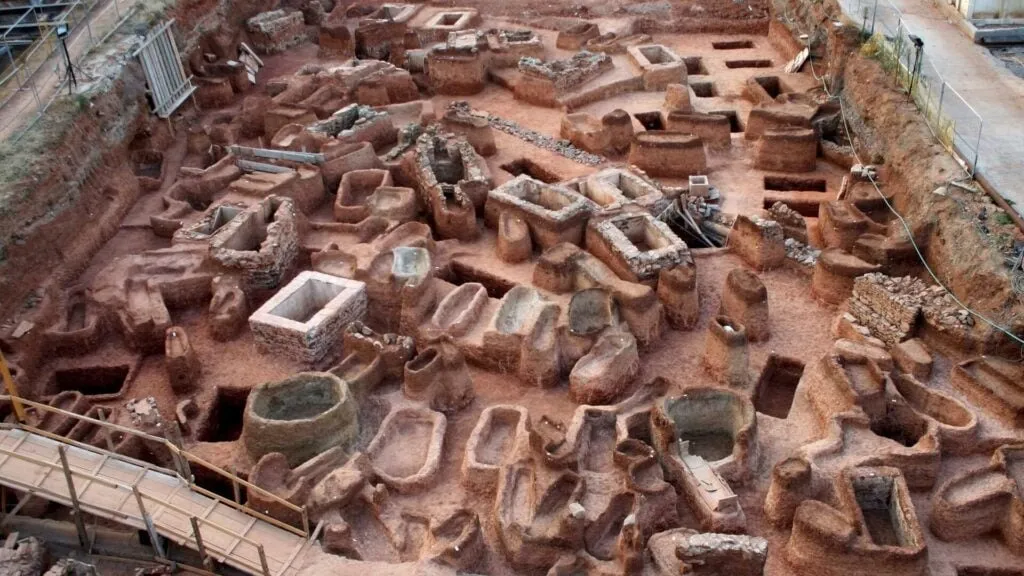
The metro project, which began in 2003, has faced repeated delays—not because of engineering setbacks, but due to the overwhelming number of archaeological finds. The artifacts span multiple historical periods, including Classical Greece, Roman times, the Byzantine era, and even remnants from the Ottoman occupation.
Among the most striking discoveries are marble-paved streets, intricate water and sewage systems, early Christian churches, thousands of coins, ceramics, jewelry, statues, and daily life items. Several intact tombs have also been uncovered, some complete with valuable burial goods and inscriptions that shed light on the social hierarchy of the time.

One of the metro’s central stations—Venizelou—is now being developed into a unique combination of transit hub and underground archaeological museum. Engineers and archaeologists decided to preserve many of the structures in situ, allowing commuters to witness ancient history just beneath the surface of modern life.
Greek Prime Minister Kyriakos Mitsotakis described the project as having “a double mission: to modernize urban transportation while honoring and preserving Greece’s ancient cultural heritage.” At a public announcement, he stated, “The people of Thessaloniki will not only gain a state-of-the-art metro, but a daily journey through time.”
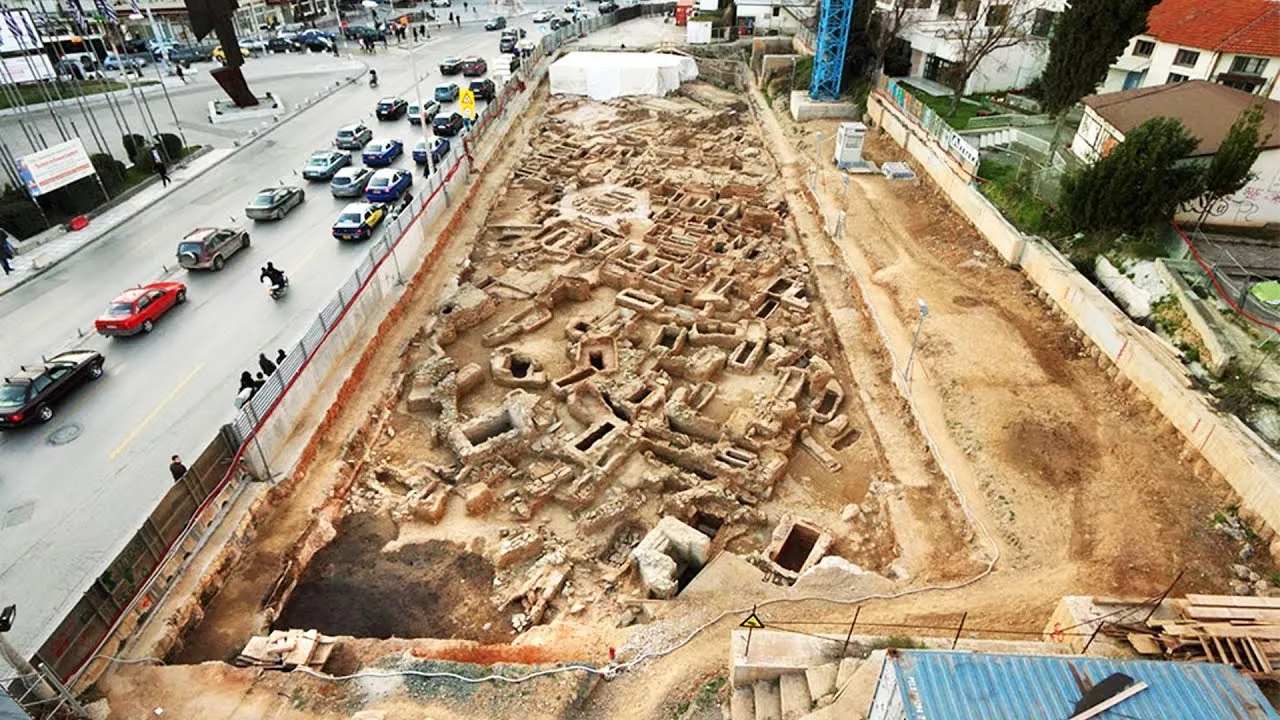
International experts have praised the unprecedented effort to integrate such large-scale preservation with contemporary infrastructure. This hybrid approach has garnered attention from scholars, historians, and tourists worldwide, turning Thessaloniki’s metro project into a model of cultural respect and innovation.
Excavation work along the metro route has provided an extraordinary window into Thessaloniki’s evolution through the ages. In some cases, layers of civilization were found stacked atop one another—Byzantine roads built over Roman marketplaces, which in turn overlay remnants from the Hellenistic period.

When fully operational, the Thessaloniki metro will feature 18 stations, several of which will double as subterranean museums. Completion is expected in 2025. Once open, this will be the first metro system in the world where passengers can travel through both space and time—experiencing ancient history as they move about the modern city.
This blend of archaeological preservation and urban development is being celebrated as a triumph of innovation and cultural stewardship. Thessaloniki’s underground treasures, hidden for millennia, are finally stepping into the spotlight—and redefining what a metro system can be.


